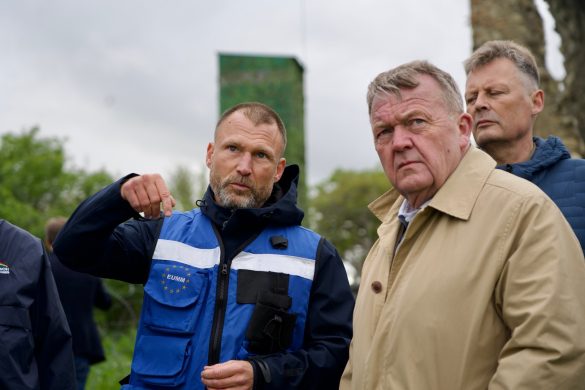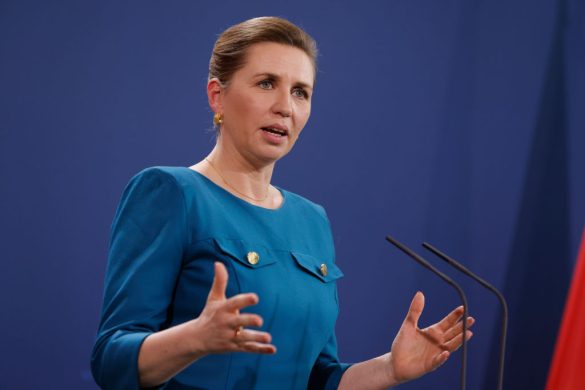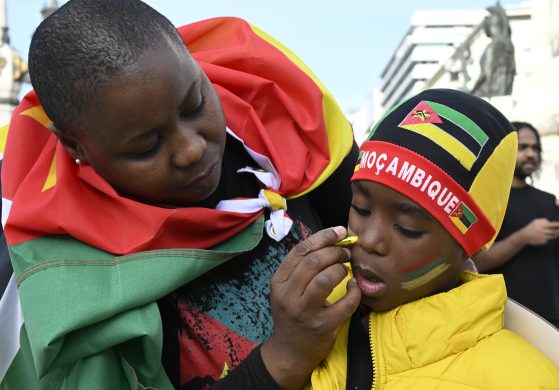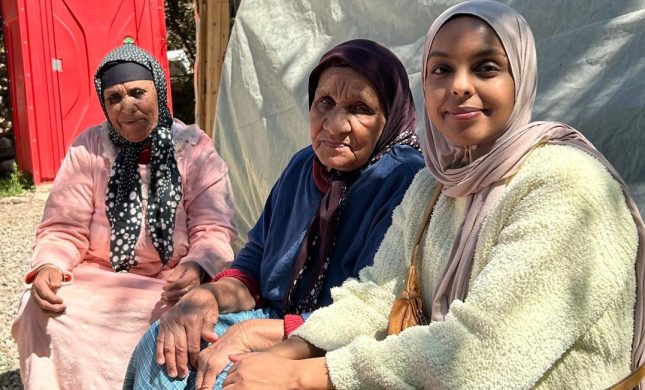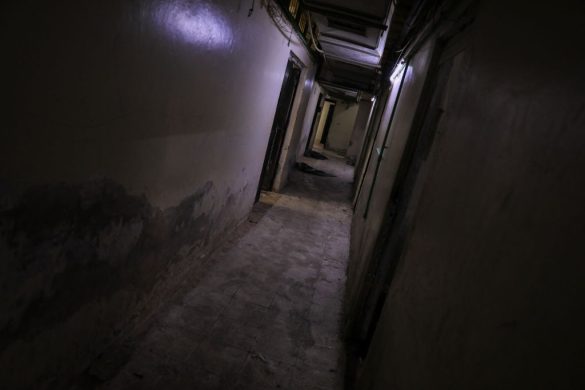Child soldiers who have served in the Lords Resistance Army (LRA) rebel group, many of whom were forced to kill or watch other people being killed, may remain traumatised for years after they have been released, according to a new study.
A study published by the UK-based scientific journal, the Lancet, on 13 March, has found that over half of the children surveyed – over 300, all of whom were abducted at an average age of 12 – had been seriously beaten, 77 percent had witnessed another person being killed, 39 percent had killed another person and 39 percent had abducted other children. Over one-third of the girls had been raped while 18 percent had given birth while in captivity.
– Since these former child soldiers are often blamed and stigmatised for the countless atrocities they committed – mostly against their own people – their psychological recovery and reintegration can be seriously complicated, the study commented.
Of 71 children who agreed to complete a questionnaire to assess post-traumatic stress disorder, 69 had clinically significant symptoms, the Lancet reported.
Almost all of them had experienced a number of traumatic events – on average six each – with the death of a mother causing particular stress.
Six percent of the children had seen their own mother, father, brother or sister being killed in front of them, while 2 percent had participated in the killing of a father, brother or another relative, the study found. Over one-third of the children were found to have no mother, while two-thirds had no father.
The conditions under which they had lived in Sudan, where the LRA has its bases in Eastern Equatoria, had also been extremely difficult. For example, over one-quarter of the children had been forced to drink their own urine in order to survive.
Tens of thousands of people have been killed and mutilated in Uganda during the 18-year insurgency in the north, and hundreds of thousands displaced. The LRA, about 90 percent of whose soldiers are children, recruits mainly through abduction. The average length of time spent with the LRA was found to be over two years.
Human Rights Watch noted in a report this year that child soldiers were considered “cheap, compliant and effective fighters” by commanders.
There are about 300.000 child soldiers (under 18s) serving in various armed forces around the world. Many children become soldiers because they are forced to, while others join to seek revenge after witnessing atrocities perpetrated on their families, to protect their families or as a means of survival in situations of dire poverty.
An editorial in the same issue of the Lancet asked: “What is the international community doing to give these children a future?”
It said the UN had held an annual debate on the subject of child soldiers since 1998, and had published lists of parties using child soldiers, but the Security Council had failed to take any action against any of the parties on the list.
– Judging from the summing up by Olara Otunnu, the special representative of the UN secretary-general for children and armed conflict in the January 2004 UN Security Council debate, action is as far away as ever, it continued.
– It is not enough for the UN to say that parties should draw up actions plans, the Lancet said. – The leaders of the UN and its constituent nations should already be intervening in the most vigorous ways possible in conflicts where children are used in war. For example, could UN peacekeeping forces have a part to play as mediators? it asked.
The first prosecution case taken up by the International Criminal Court will be directed at the LRA at President Yoweri Musevenis request. But Musevenis government was itself on the UNs list of those recruiting child soldiers, the Lancet noted.
The LRA, led by a mystic recluse, Joseph Kony, claims it is fighting to topple Musevenis government; yet they have killed thousands of civilians and displaced at least 1,4 million northern Ugandans.
Kilde: FN-bureauet IRINnews





